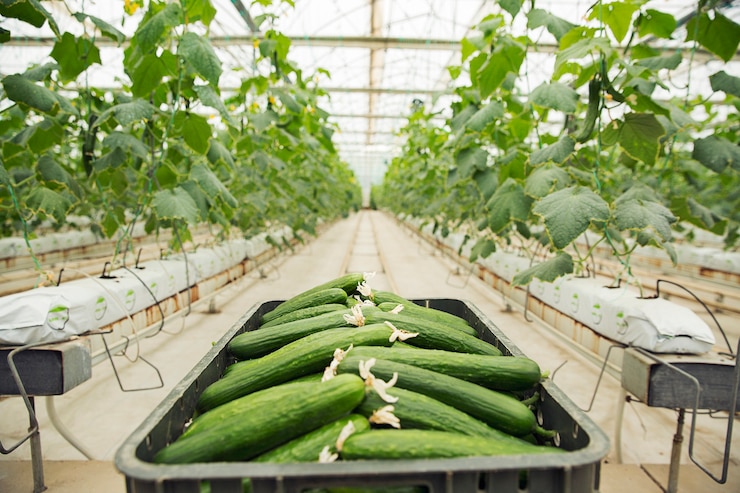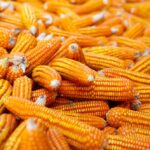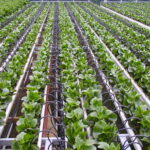Cucumbers are a popular and versatile vegetable that can be grown in various regions, including South Africa. Whether you’re a seasoned farmer or a beginner, understanding the essential factors for successful cucumber cultivation is crucial. In this article, we will explore 10 key things you should know before growing cucumbers in South Africa.
- Climate and Season: Cucumbers thrive in warm weather, so choose a location with full sun exposure. In South Africa, they are typically grown during the spring and summer seasons when temperatures range between 20°C and 30°C (68°F and 86°F).
- Soil Preparation: Cucumbers prefer well-draining soil with a pH level between 6 and 7. Prepare the soil by incorporating organic matter, such as compost or well-rotted manure, to improve fertility and drainage.
- Variety Selection: Choose cucumber varieties that are suitable for South African growing conditions. Some popular varieties include Beit Alpha, Marketmore, and English cucumbers. Consider factors such as disease resistance, fruit size, and intended use (fresh consumption or pickling).
- Seed Sowing and Transplanting: Cucumbers can be directly sown into the soil or started indoors and transplanted later. Start seeds indoors about 4-6 weeks before the last frost date, and transplant seedlings when they have developed a few true leaves.
- Trellising and Support: Cucumbers are climbing plants and benefit from trellising or support systems. This helps keep the fruits off the ground, reduces disease risks, and maximizes space utilization.
- Watering and Irrigation: Cucumbers have high water requirements, especially during fruiting. Provide consistent moisture by watering deeply and regularly, ensuring the soil remains evenly moist but not waterlogged. Mulching can help retain moisture and control weeds.
- Fertilization: Cucumbers are heavy feeders, so incorporate a balanced organic fertilizer before planting. Side-dress with nitrogen-rich fertilizer during the growing season to promote vigorous growth and fruit development.
- Pest and Disease Management: Common pests and diseases that affect cucumbers in South Africa include aphids, cucumber beetles, powdery mildew, and downy mildew. Monitor plants regularly, apply organic insecticides when necessary, and practice crop rotation to minimize risks.
- Pollination: Cucumbers rely on pollination for fruit set. Encourage pollinators, such as bees, to visit your garden by planting companion flowers nearby. Hand pollination can also be done by transferring pollen from male flowers to female flowers using a small brush or cotton swab.
- Harvesting and Storage: Cucumbers are typically ready for harvest 50-70 days after planting, depending on the variety. Harvest them when they are firm, glossy, and at the desired size. Regularly harvest cucumbers to encourage continuous fruiting. Store harvested cucumbers in a cool place or refrigerate for extended shelf life.
Conclusion: Growing cucumbers in South Africa can be a rewarding experience with proper knowledge and care. Consider the climate, soil preparation, variety selection, and the importance of trellising, watering, fertilization, pest control, pollination, and harvesting. With attention to these essential factors, you can cultivate healthy cucumber plants and enjoy a bountiful harvest of this refreshing and versatile vegetable. Happy cucumber cultivation!








